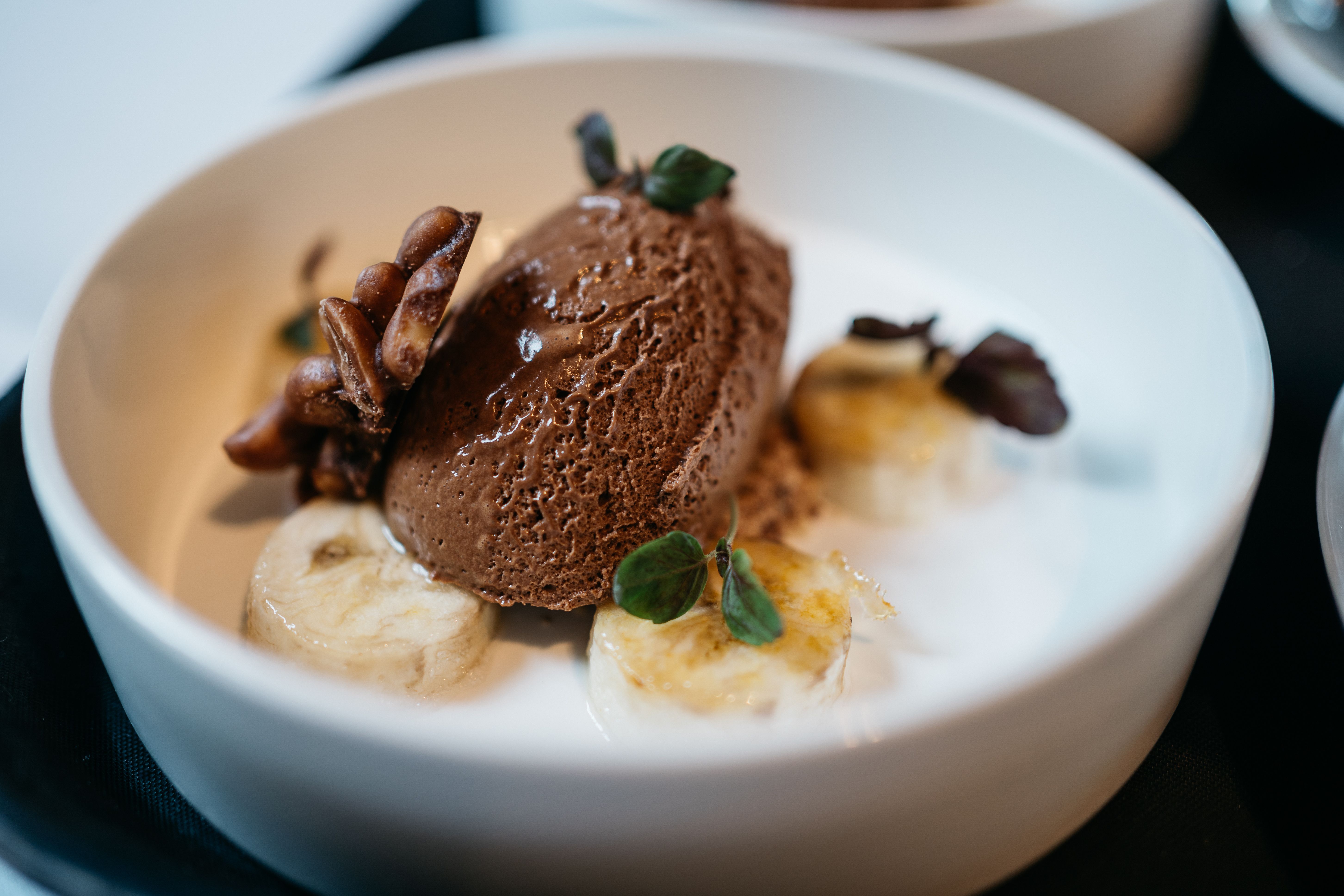Mastering the Art of Food Styling and Photography
Introduction to Food Styling and Photography
In the age of social media and digital content, stunning food photography can make or break a brand. Whether you're a professional photographer or a food enthusiast, mastering the art of food styling and photography is essential for capturing mouthwatering images that resonate with viewers.
Food styling is not just about arranging food on a plate; it's about telling a story through visuals. Great food photography can evoke emotions, stimulate taste buds, and even transport viewers to another place. Let's explore how you can elevate your food styling and photography skills.

Understanding the Basics
To create captivating food images, it's important to understand the basic principles of photography. This includes knowledge of lighting, composition, and camera settings. Proper lighting can highlight textures and colors, while composition helps guide the viewer's eye through the image.
Consider using natural light whenever possible. It provides a soft, flattering effect that enhances the natural beauty of the food. Experiment with different angles and perspectives to find what works best for your subject. Remember, practice makes perfect!
The Role of Props and Backgrounds
Props and backgrounds play a significant role in food styling. They can add context, contrast, and depth to your images. However, it's crucial to ensure that props complement rather than overshadow the main subject—the food itself.
Select props that enhance the story you want to tell. For example, rustic wooden boards can convey a cozy, home-cooked feel, while sleek, modern plates might suggest elegance and sophistication.
Techniques for Stunning Food Photography
There are several techniques you can use to capture stunning food photographs. Here are some key tips:
- Use a tripod: A tripod ensures stability and allows you to experiment with different shutter speeds without the risk of blurring your images.
- Focus on details: Highlight textures and intricate details by using a macro lens or adjusting your camera settings for close-ups.
- Play with depth of field: A shallow depth of field can create a beautiful bokeh effect, keeping the focus on your dish while blurring the background.
By incorporating these techniques into your workflow, you'll be able to capture images that are not only visually appealing but also evocative.
Post-Processing and Editing
Post-processing is an integral part of food photography. Editing allows you to enhance colors, adjust exposure, and refine your images to perfection. Software like Adobe Lightroom and Photoshop offer powerful tools for editing your photos.
While editing can significantly improve your images, it's important to maintain a balance. Over-editing can make the food look unrealistic and unappetizing. Aim for a natural look that stays true to the essence of the dish.
Conclusion: Practice and Patience
Mastering food styling and photography is a journey that requires practice and patience. As you experiment with different techniques and styles, you'll develop your unique approach to capturing beautiful food images.
Remember that every photographer has their own style, so don't be afraid to take risks and try new things. With dedication and creativity, you'll soon be producing stunning images that captivate and inspire your audience.
Commercial Kitchen Marketplace
Your one-stop online destination for equipping professional kitchens. Discover a wide selection of durable, high-quality commercial-grade appliances, from heavy-duty ovens and refrigeration units to efficient food preparation tools and essential kitchenware. Visit our store: http://avice.org
